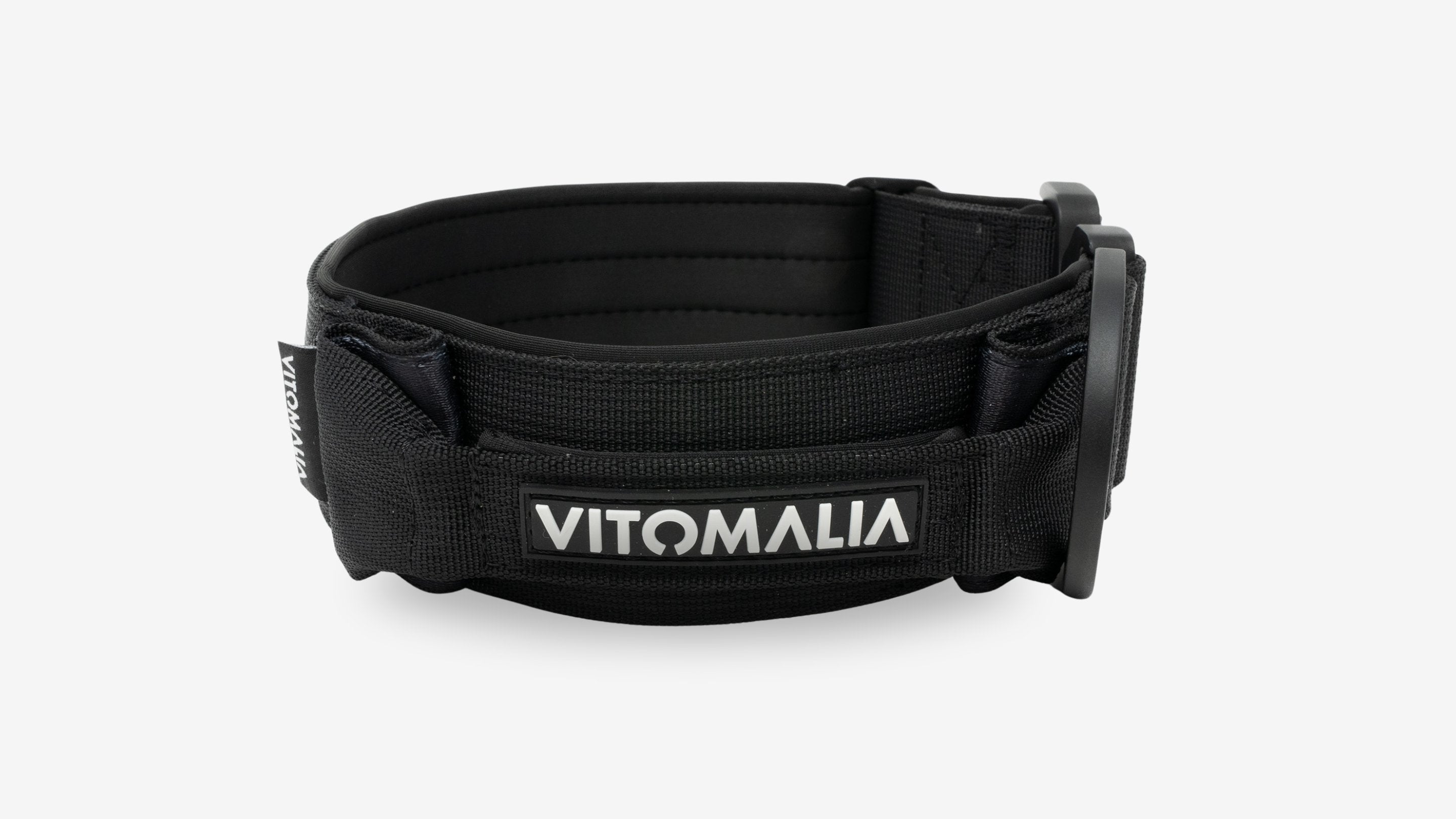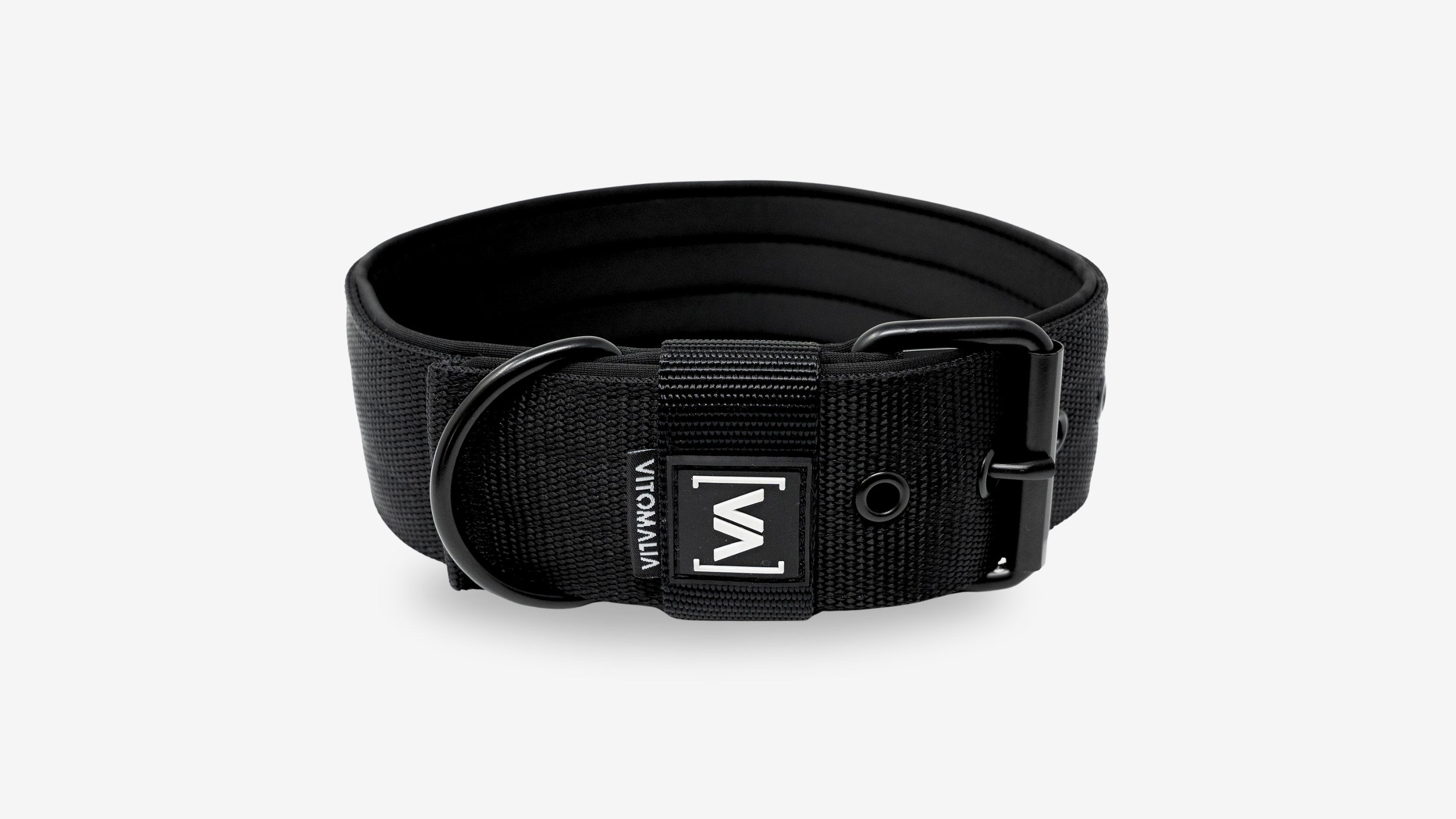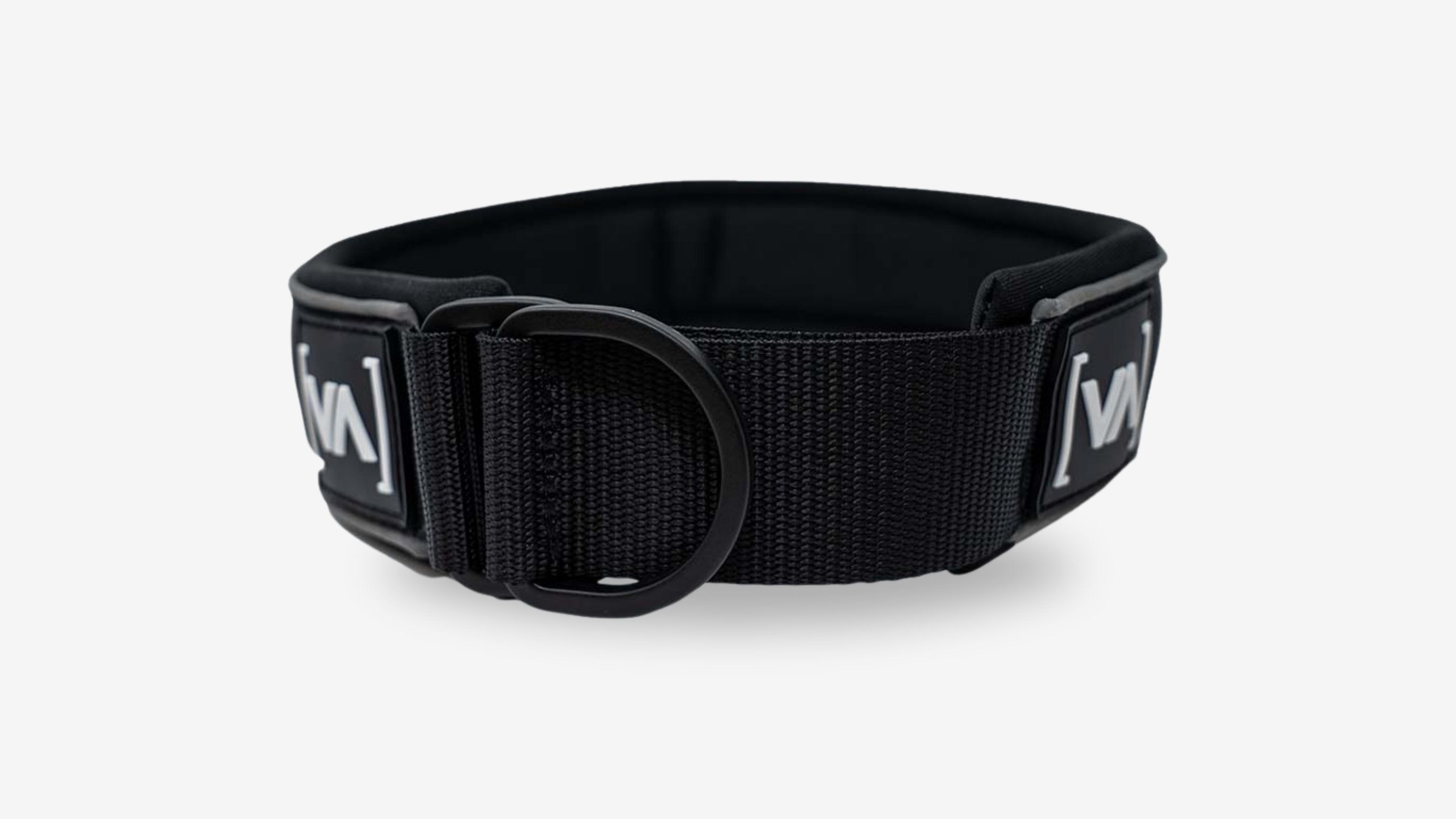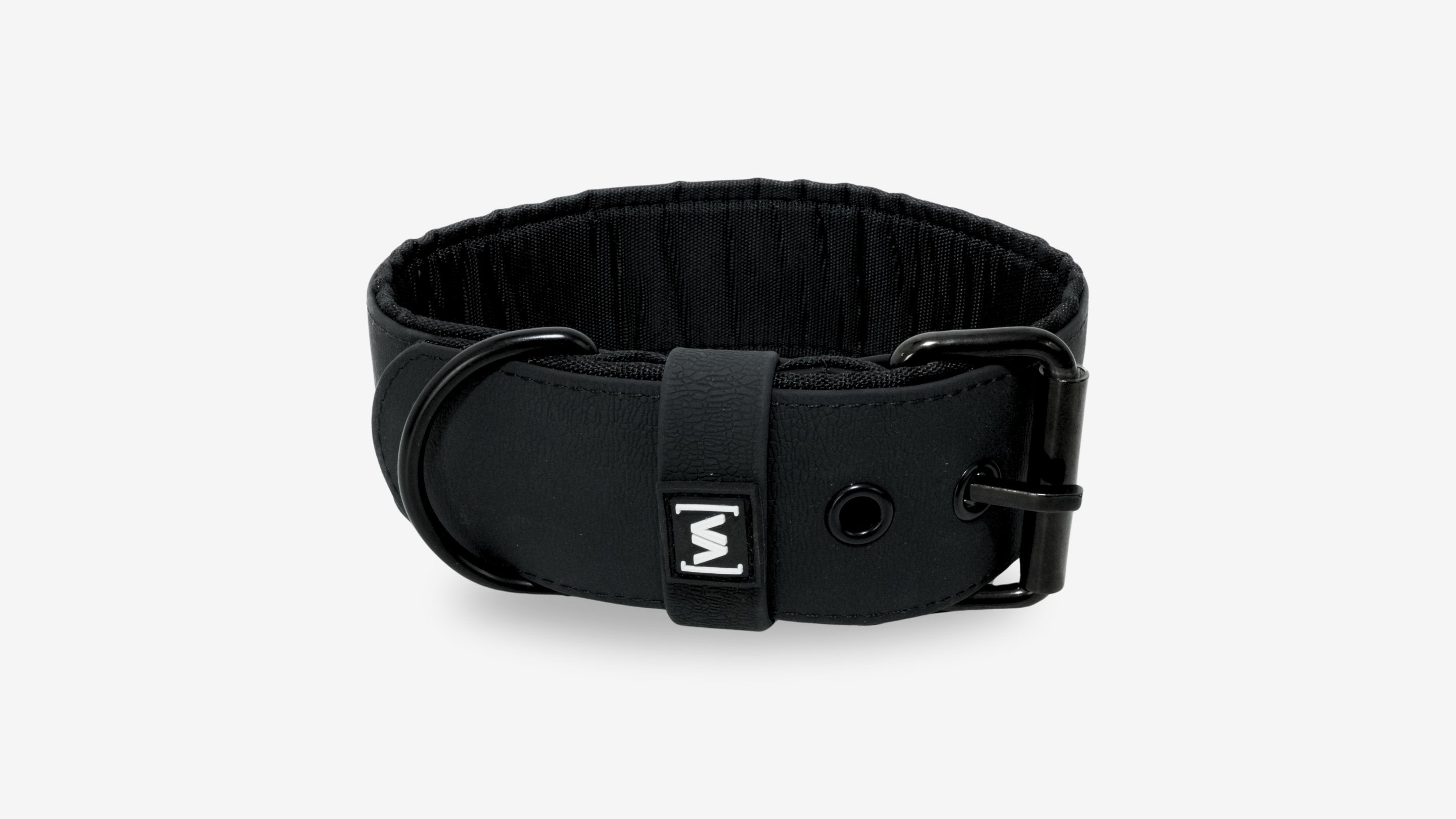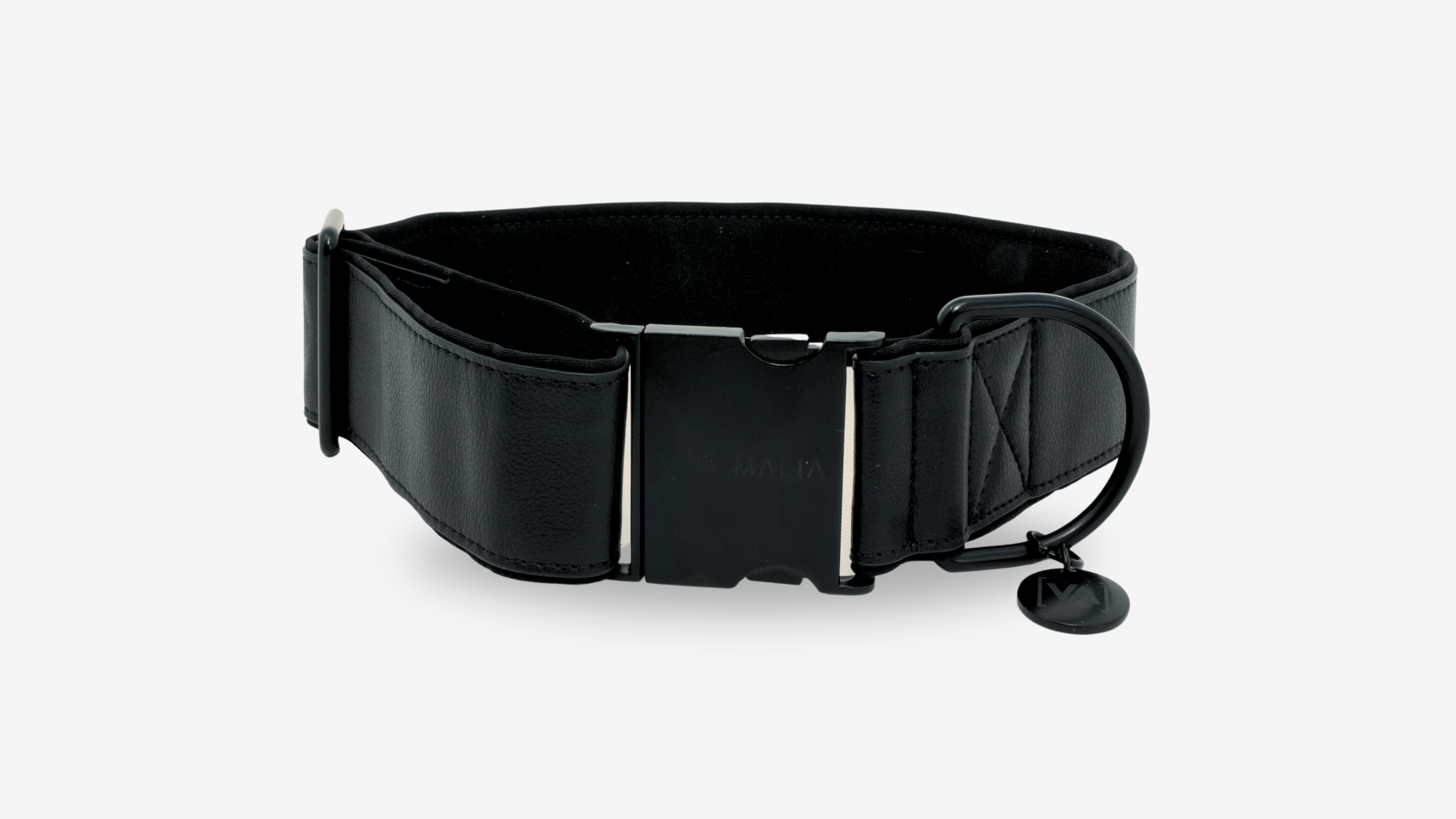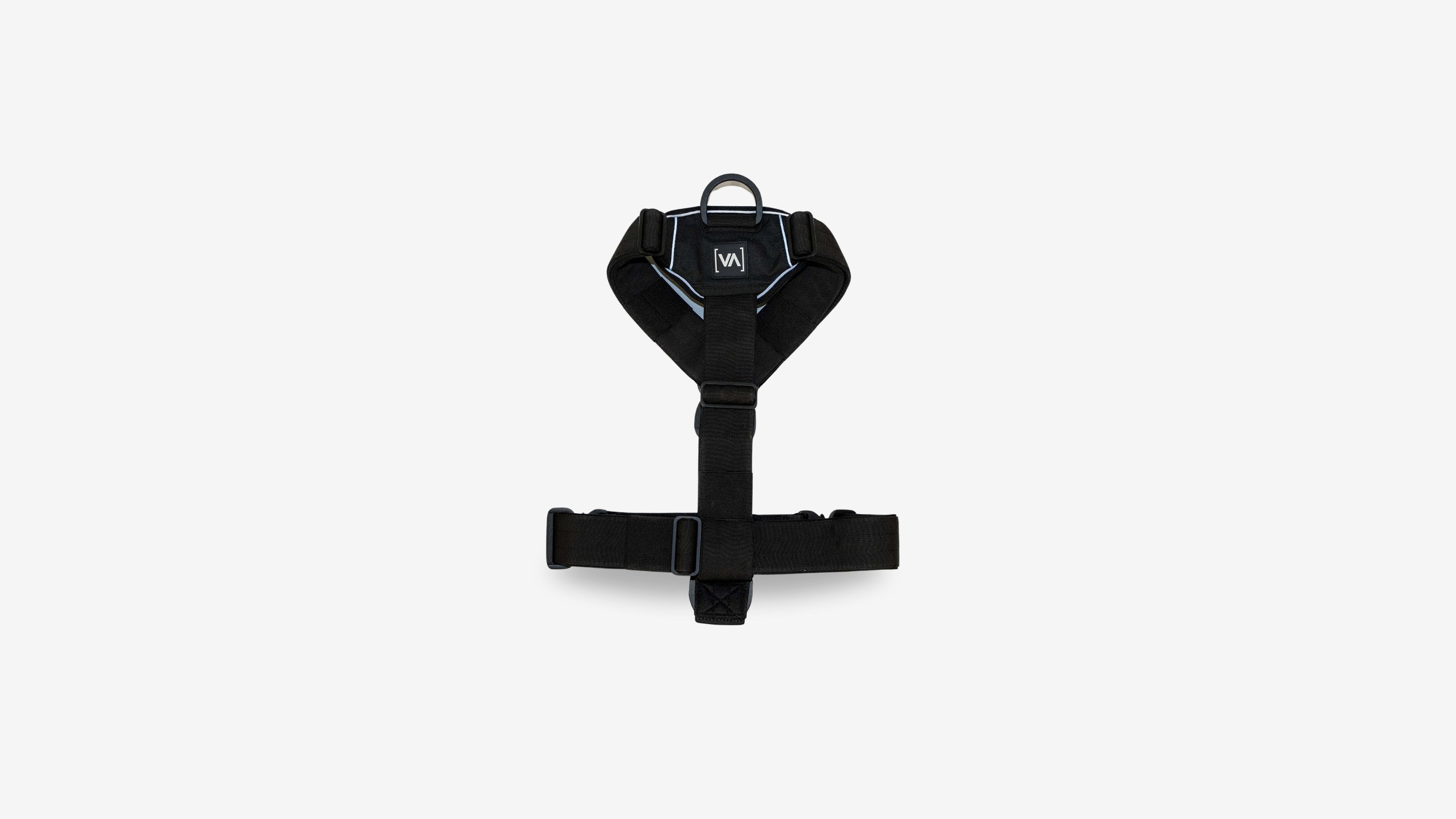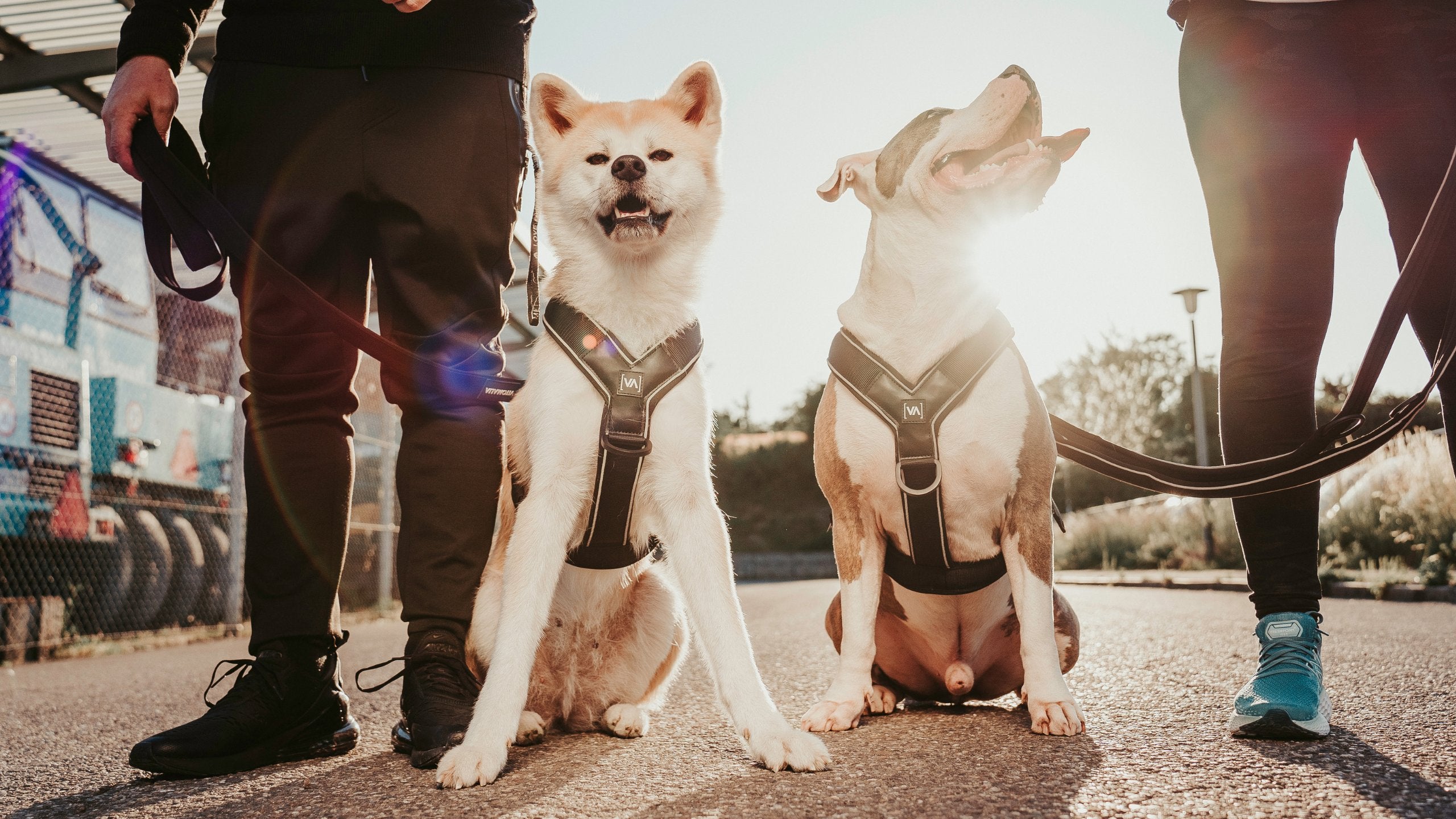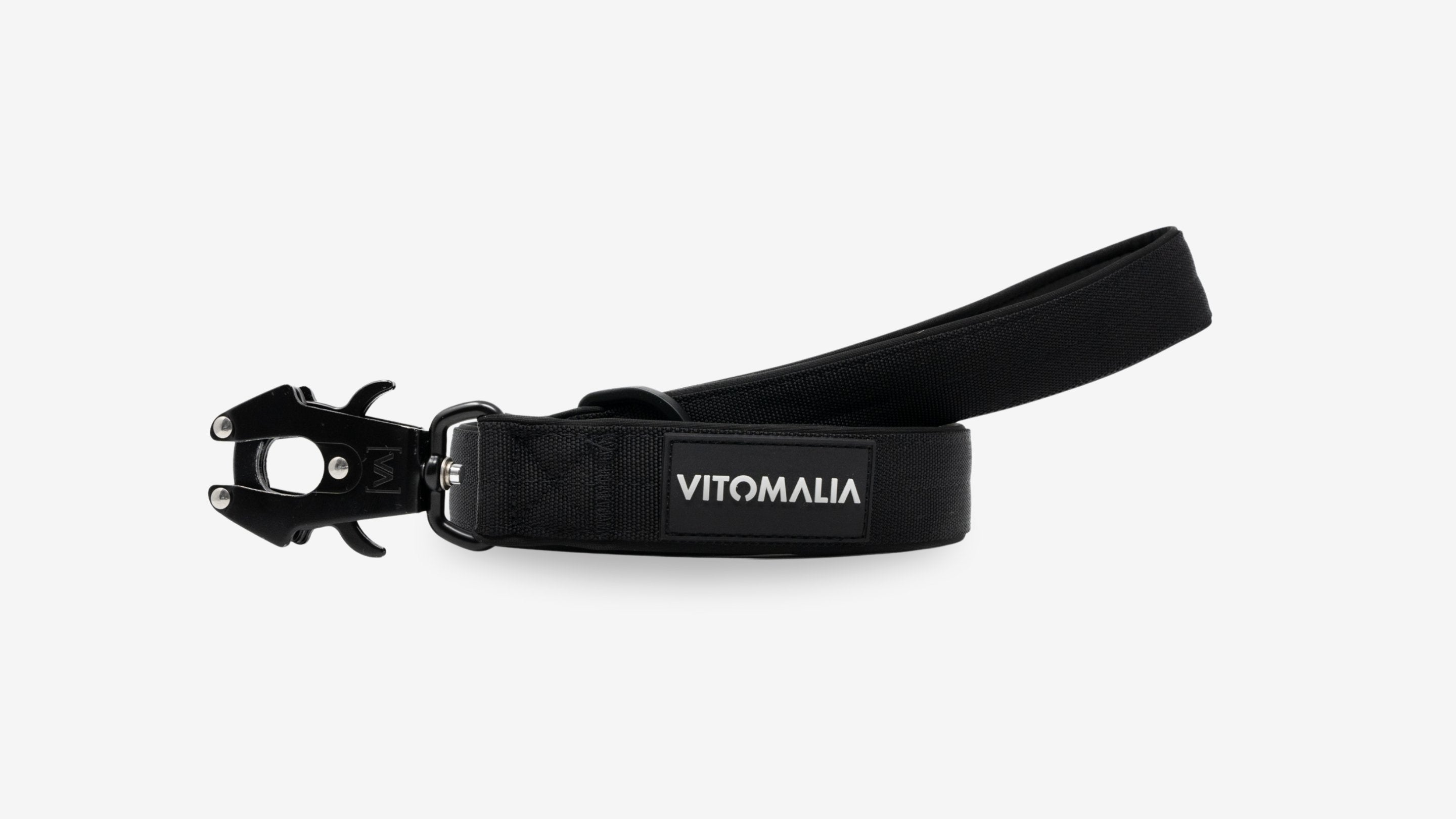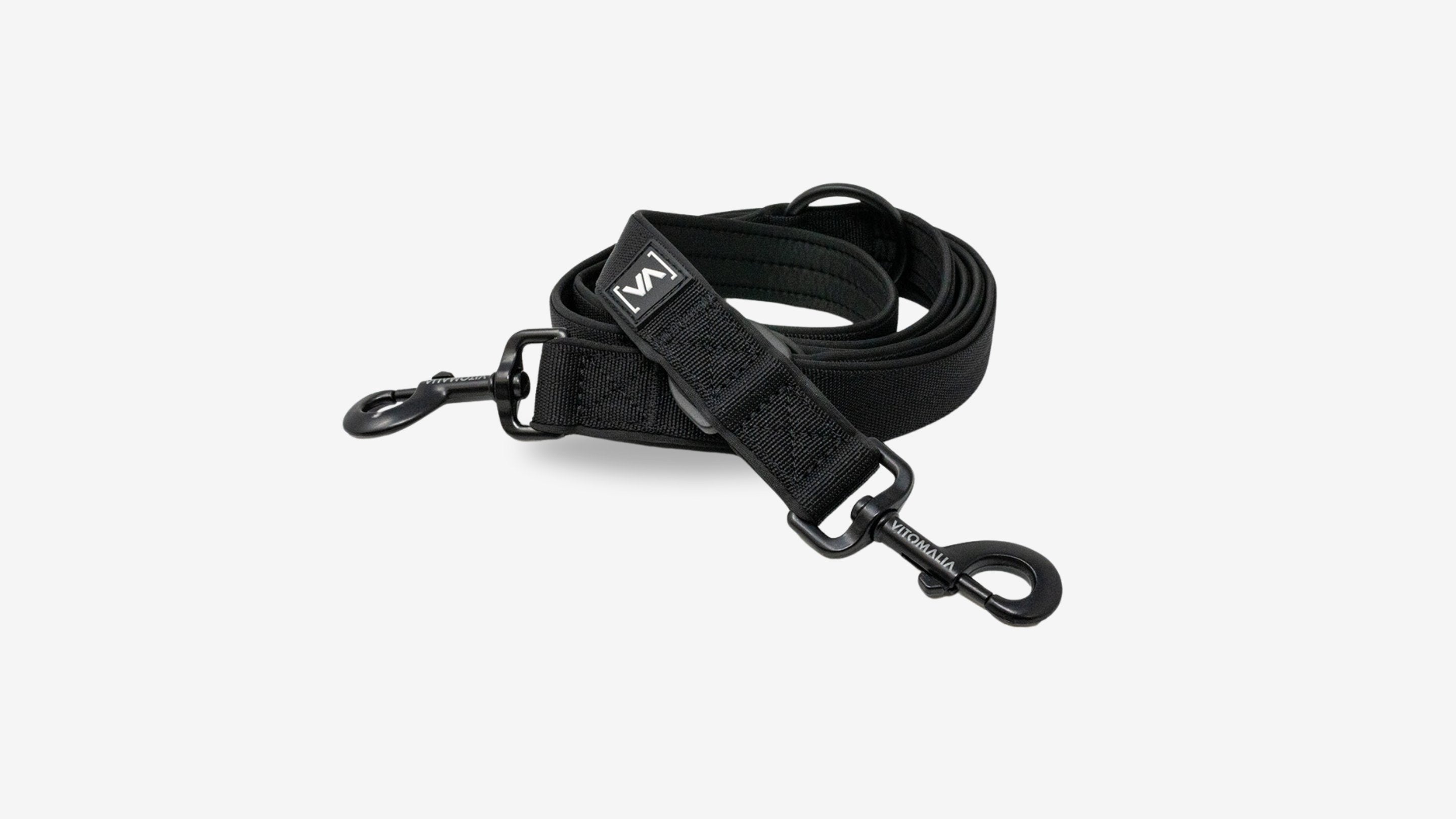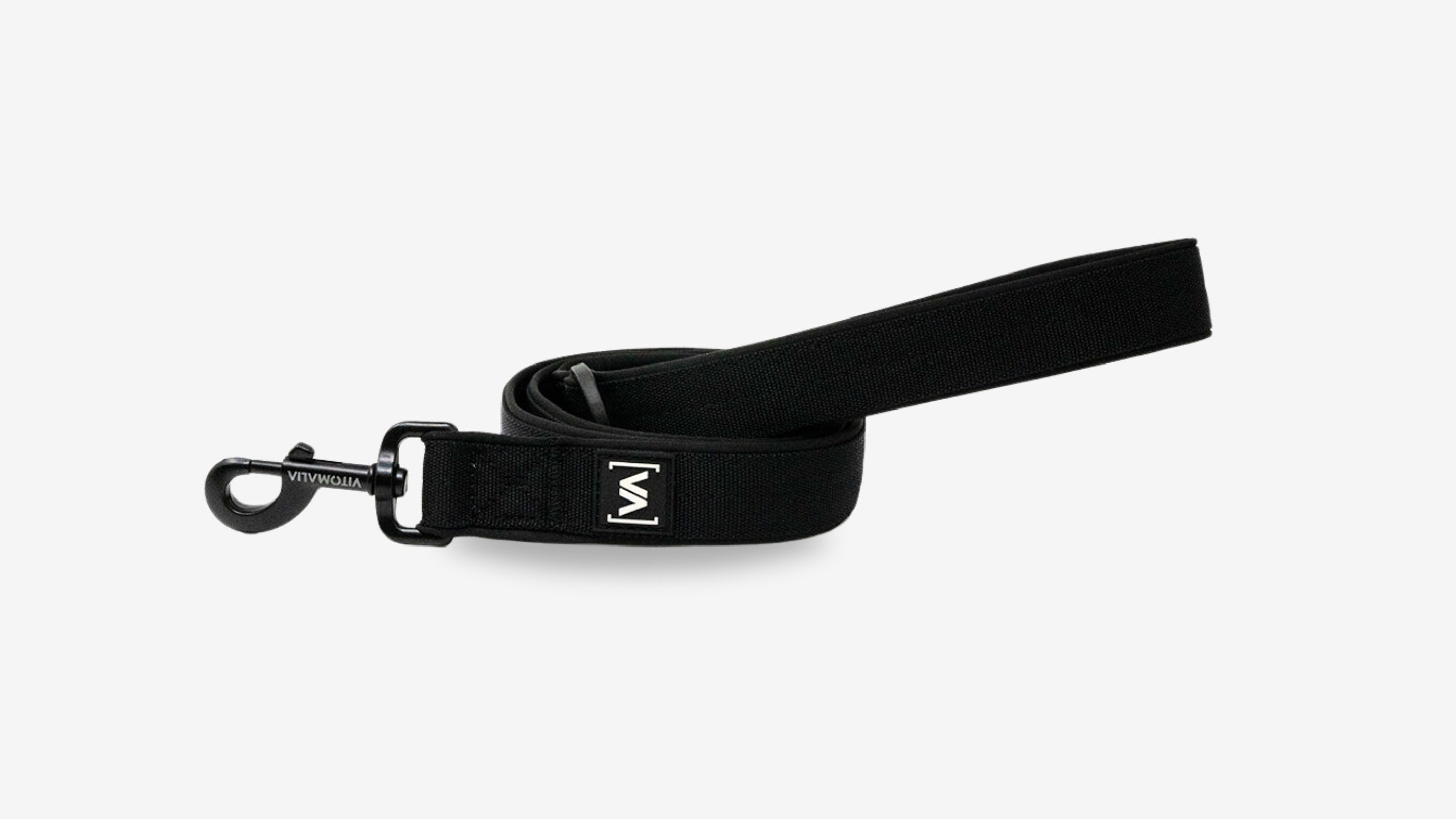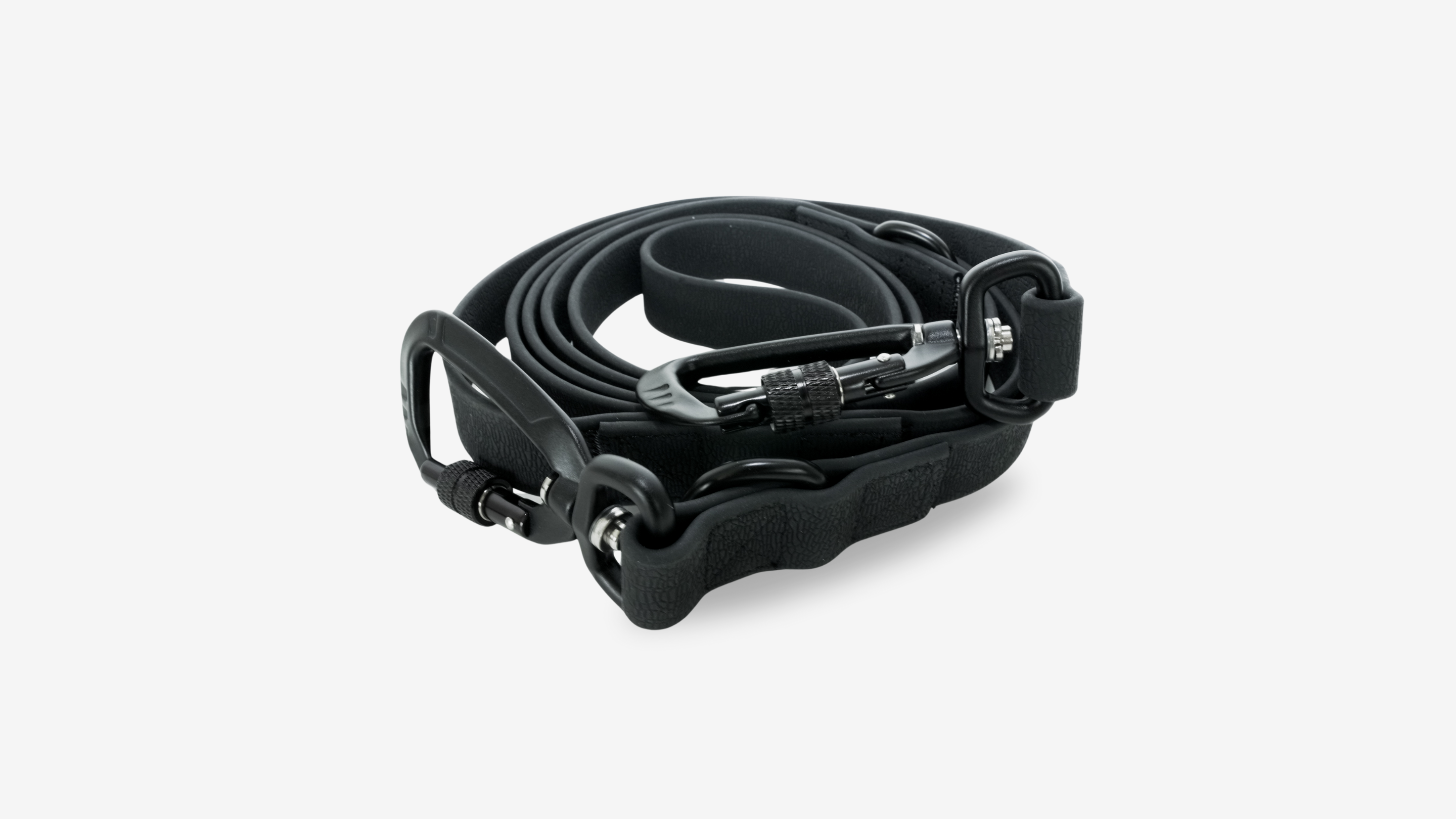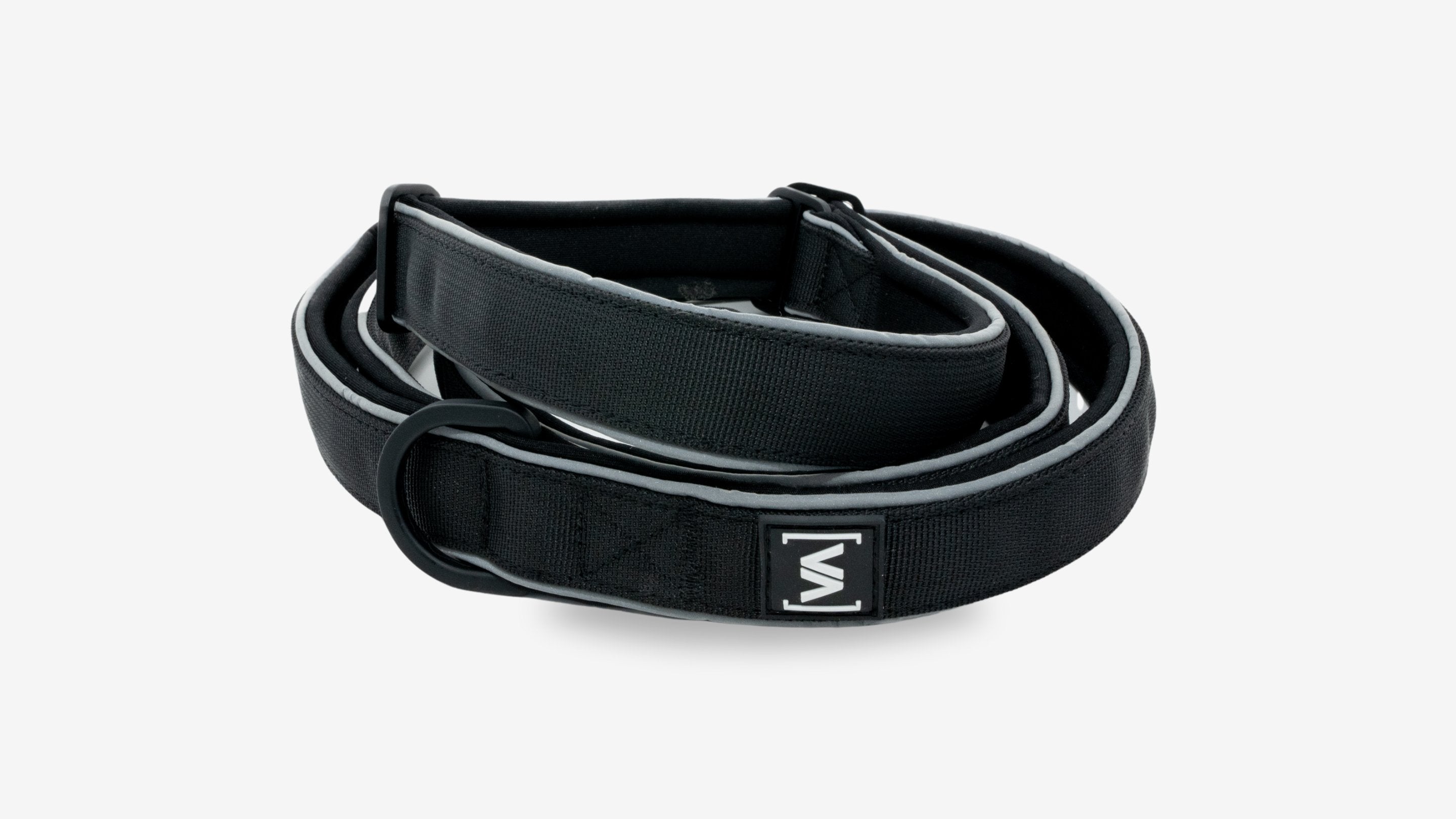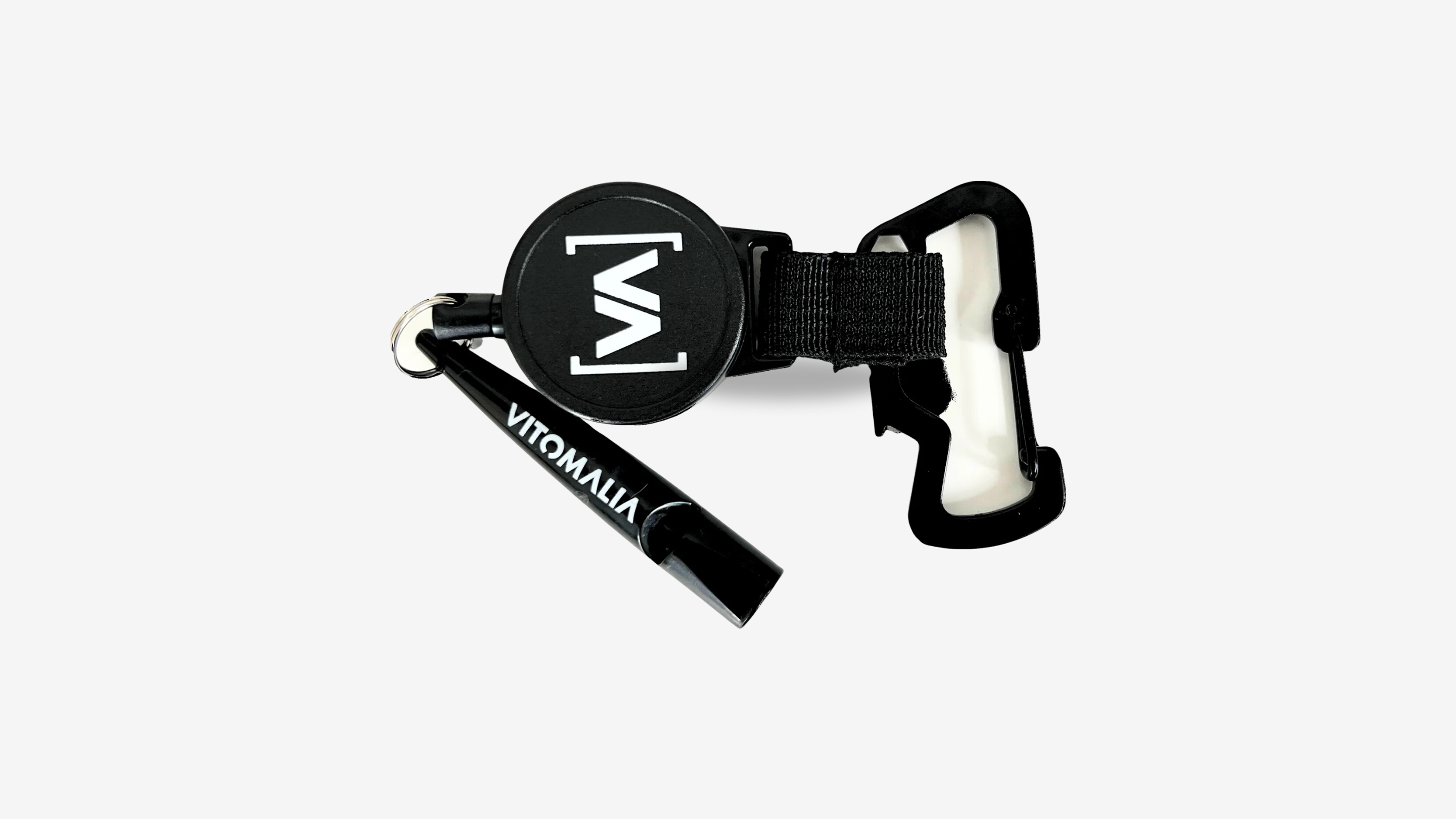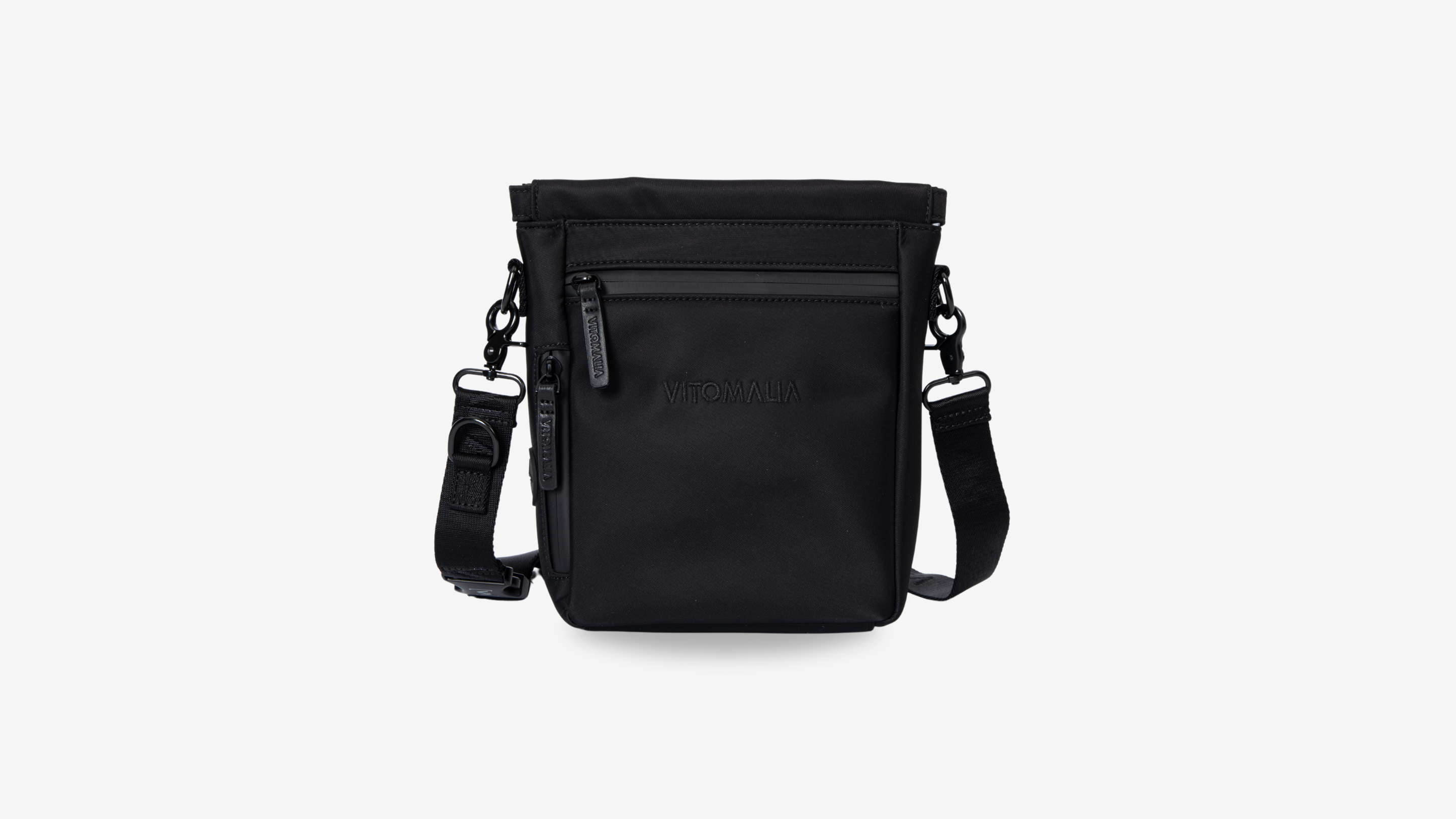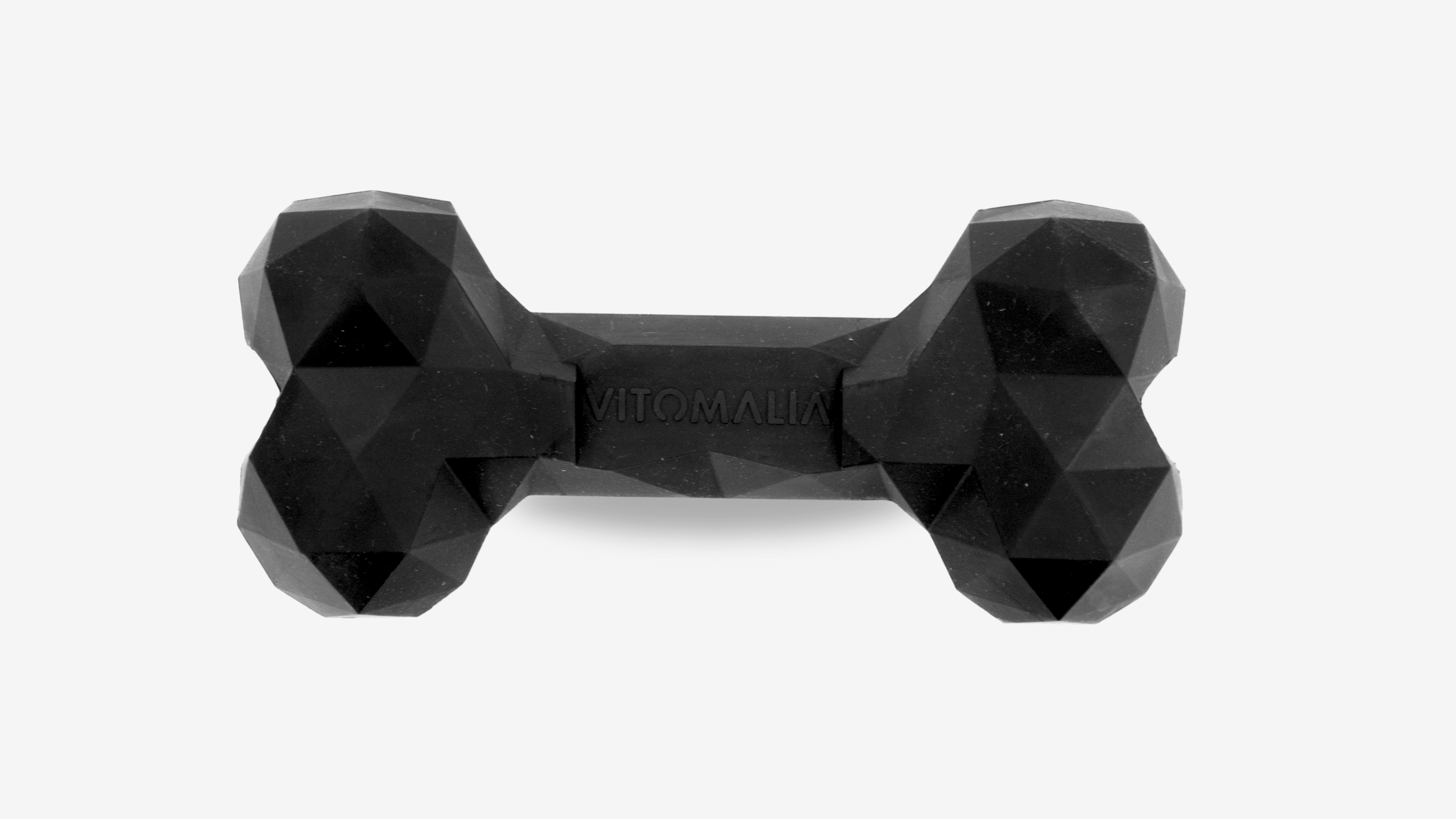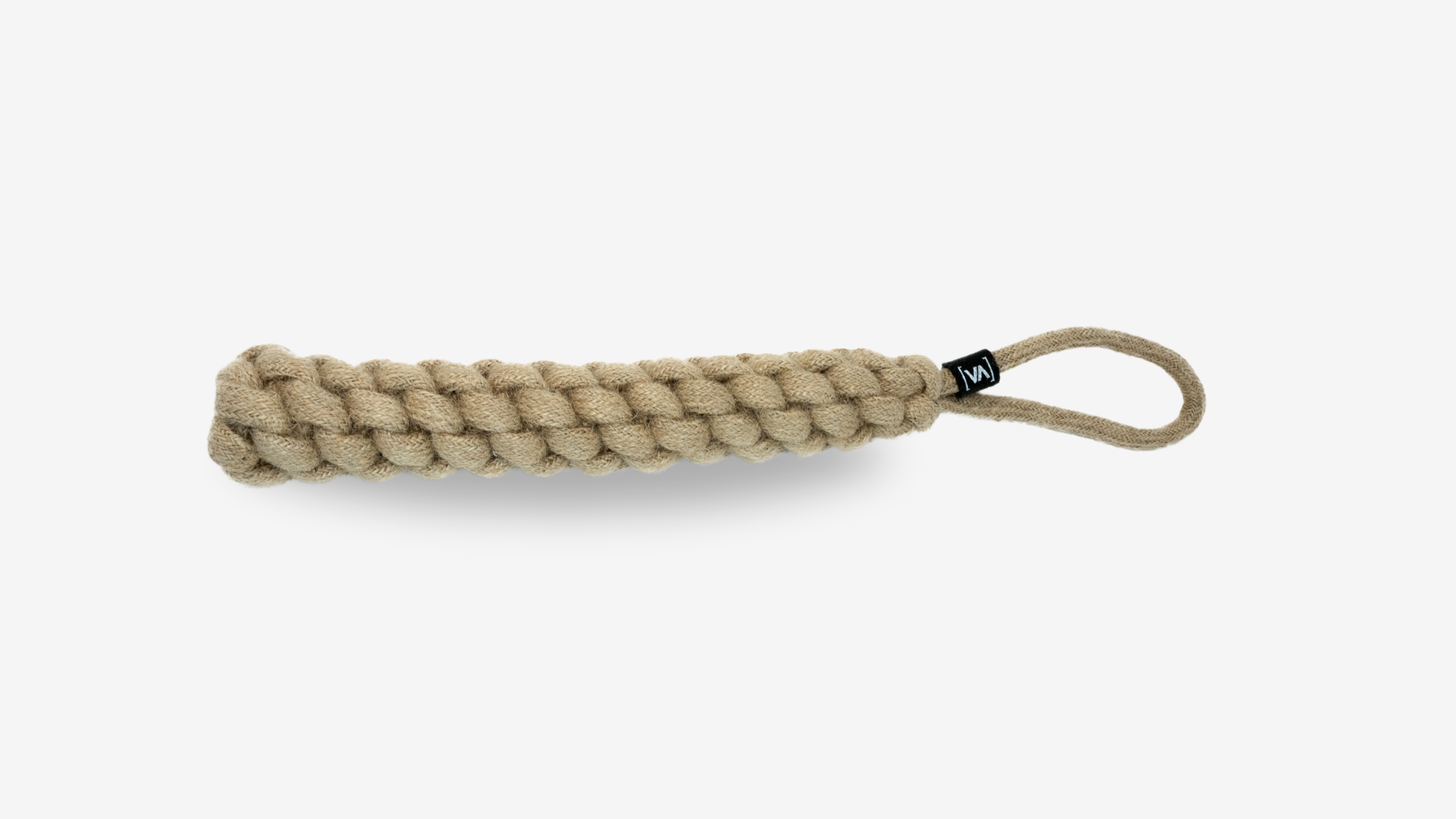“Continue” signal for more orientation for the dog when walking
orientation
This expert blog contains mentions of the food manufacturer @petsdeli. With the discount code “VITOMALIA” you save 20% on your first purchase.
As humans, we want the dog to orientate itself towards us when on the leash. However, we cannot achieve orientation on the leash when we fill the dog with food. Dogs without tasks find their own tasks when walking: they sniff, they eat leftover food from the ground, they dig, etc. On the one hand, this creates difficulties in walking on a leash and, on the other hand, there are dangers from poison bait.
Hesitant walking on a leash
Good leash handling doesn't just mean that the leash always has to sag. A dog on a leash perceives his environment and has his person in mind. An orientation takes place and the attention is directed towards the person. So if there is an orientation, communication can take place. Your dog is responsive. It makes sense to use different rituals to teach the dog when he should orient himself towards you and when “free time” is the order of the day in which the dog can pursue his hobbies. With the help of structure and communication, you will no longer have to stop at every corner and every 20 cm for your dog to carefully inspect the neighborhood dog's markings.
Poison bait dangerEvery dog person knows the fear of poison bait on the walking route. There are always poison bait warnings via social media or APPs. With her campaign #myanimalisnotamatter, @petsdeli appealed to the German Federal Ministry of Justice that perpetrators of poison bait be subject to stricter punishments. Here is the link to the petition. Poison baits are avoidable dog treats, such as meat, that have either razor blades or actual poison laced with them. Dead pigeons, rabbits or hares are even used in a perfidious way to act as poison bait. They can appear anywhere: in parks, forests, dog parks, etc. It's not just dogs that are the target of poison bait, but also wild boars or foxes or other animals. There are some APPs with a poison bait radar especially for dog people. What to do if you suspect poison bait danger?If you suspect that you have used poison bait while walking with your dog, it is important that you inform the police and secure the poison bait so that no other animal gets to it. checklist✔ Bag poison bait (e.g. with a feces bag) ✔ Present the find to the police and file a criminal complaint so that something changes in the long term (since it is a crime or If it is an administrative offense, the police must respond) ✔ Report poison bait danger (e.g. via APP or social media) If your dog has eaten an avoidable poison bait, you should consult a veterinarian immediately if you suspect so that no time is wasted. Typical symptoms
|
 |
Better orientation
“Continue” signal
If your dog is in your immediate vicinity, a simple signal can help keep him oriented towards you. The “continue” is a very useful signal in everyday life and can be used in many different situations, such as: E.g.:
- When the dog dawdles or sniffs.
- After a pause to signal the dog to continue.
- If the dog sniffs feces, leftover food, dirt or other unpleasant things.
- Just before rolling.
- When the dog spies or fixates on something.
- At encounters where the dog needs to go further.
“Continue” signals to the dog that he should keep going, no matter what he does. It is therefore a termination signal.
 |
|
You can download the free training plan here. All you need is an account with us. There will be no hidden costs, promise!
